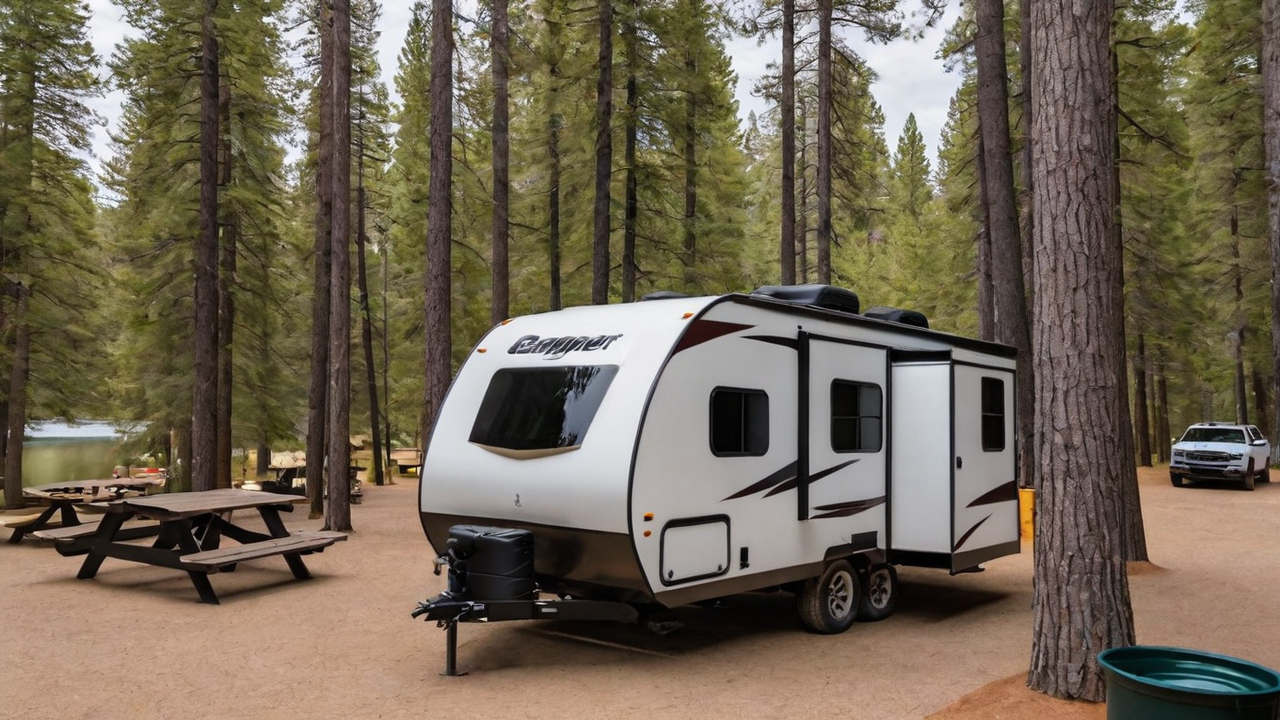Creating an Ultimate User Experience: Design Principles for Camping Software
Creating an Ultimate User Experience: Design Principles for Camping Software
Blog Article

Comprehending The Audience
Understanding which your target audience are vital in crafting an effective user experience. It is crucial to take into account their needs, preferences, and tech savviness. This knowledge directs every designing choice, guaranteeing that your program becomes accessible and easy to use.
Knowing your audience also means recognizing the challenges and how they plan to utilize your camping software. It allows designers to tailor features and functionalities that address specific requirements, thus making the software not only helpful but also essential.
Streamlining the Navigation
Simplifying your navigation system is one major component of user interface design. An straightforward navigation structure ensures visitors can quickly find what they're searching for, minimizing frustration and improving satisfaction levels. It's about making the journey through the software as seamless as possible.
Moreover, a well-designed navigation leads visitors through your software, emphasizing features and capabilities that they otherwise would overlook. Such an strategy not only boosts usability but also encourages deeper interaction with your campground software full range of features.
Integrating High Quality Graphics
Graphics play an important role in designing a appealing UI. They aid in breaking text and can also illustrate functions in a more effectively than text alone. Picking the correct graphics, icons, and colors can greatly enhance the appearance of the software, thereby making it more appealing to your eye.
Moreover, a consistent visual style is for creating a strong brand identity and trust among your users. Each component should be in sync with your brand's ethos and the overall mission of the software, resulting in a seamless user experience that feels both polished and inviting.
Enhancing Responsiveness
In the current digital world, users expect camping programs to be responsive on all platforms, from desktop computers to smartphones. A responsive interface ensures that regardless of what device size, your application delivers an optimal user experience. It not only improves usability but also caters to your users’ mobile lifestyle.
Moreover, enhancing your software’s responsiveness can also lead in better speed, minimizing the loading time and preventing frustration. Visitors value a speedy and efficient experience when accessing camping applications, and this makes performance a crucial element in satisfaction levels.
Enhancing the Search
Finding data swiftly is fundamental in any kind of software, especially in campground management. Enhancing your search feature permits users to quickly discover exactly what they're searching for, which enhances user experience and productivity. Through advanced search features, you minimize user frustration and boost overall satisfaction.
Additionally, complex search features such as filters and tags can help in narrowing down results, making the search process more effective. Introducing these functionalities demonstrates an understanding of the users' needs and a commitment to making their interaction with your campground system as seamless and effective as possible.
Prioritizing Security
Security must be a top priority when coming to developing campground programs. Your users expect to be secure when providing their private data. Guaranteeing robust security measures not only protects the data but also builds trust between the user and the brand.
Beyond basic security features like passwords and encryption, consider adding advanced security measures such as two-factor authentication or biometric verification. These features provide an extra layer of security, ensuring that user data is kept safe from unauthorized access.
Leveraging Feedback
Feedback is vital for ongoing improvement of the campground software. It allows the developers to see what is working, what doesn’t work, and how their application can be enhanced to better meet the user’s expectations. Actively seeking this type of feedback establishes an open dialogue between the users and the team, making them feel they are actively a part of your software’s evolution.
Taking feedback wisely can lead in significant improvements in user interface designs and the overall UX. Making changes based on real feedback demonstrates that the company values its customers and is dedicated to providing a superior experience.
Maintaining Simplicity
In design, the principle of simplicity is fundamental. An unnecessarily complex interface can overwhelm users, resulting in an unpleasant UX. Simplicity, on the hand, makes your software more intuitive and user-friendly. It promotes greater user engagement and satisfaction.
Furthermore, keeping the simplicity should also extend to the content and functionality. Avoiding unneeded features that don’t contribute real value can help ensure that your interface remains clean and focuses on meeting the essential needs of the end-users. By doing so, you create a more more details streamlined and effective UX that resonates with your audience.
Report this page